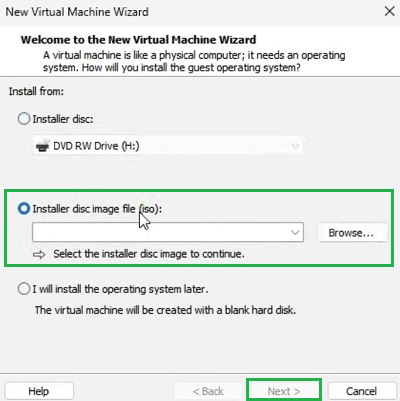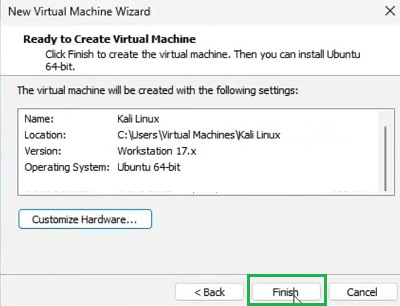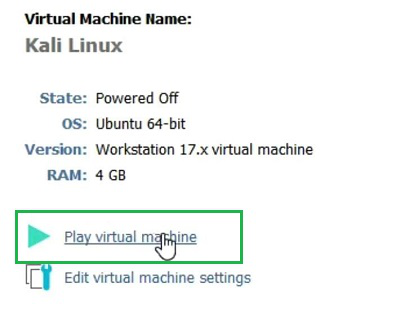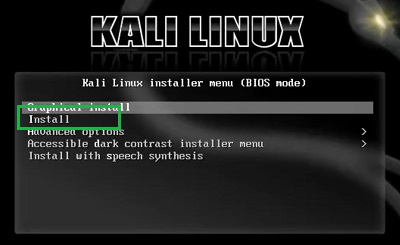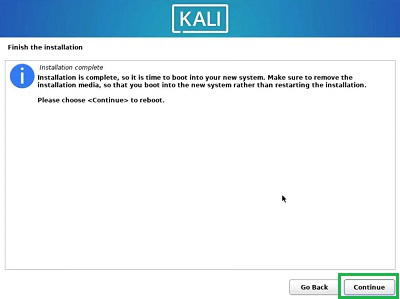
|
|
Are you interested in running Kali Linux within a virtual environment? VMware provides a flexible and efficient way to use Kali Linux without altering your main operating system. In this guide, we will walk you through the step-by-step process of installing Kali Linux in VMware. Whether you’re a cybersecurity professional or a hobbyist, our detailed instructions will help you set up Kali Linux on VMware seamlessly. How to Install Kali Linux on VMware?To configure Kali Linux in VMware, the following two sections should be executed in the sequence. We will start with the ISO File configuration on VMware. Section 1: Configure Kali Linux ISO File on VMwareStep 1: Browse to the Official Kali Linux Page. Click on the Download Symbol to get the ISO File.
Step 2: Open the VMware & select the option Create New Virtual Machine.
Step 3: Upload the ISO File & Select Next.
Step 4: Provide the Virtual Machine OS Name & select Next.
Step 5: It is time to set the Disk Size of the Virtual Machine. It will be better to click on the Next without making any changes.
Step 6: Click on Finish to save the changes.
Section 2: Install Kali Linux in VMwareStep 1: Click on the option Play Virtual Machine.
Step 2: Click on the Install Button.
Step 3: After selecting Language & Country, provide Username & Password. Click Continue to move ahead.
Step 4: At last, the Installation of Kali Linux will be completed. Click on Continue to go through the System Reboot to start the OS.
ConclusionInstalling Kali Linux in VMware is a practical solution for running a powerful penetration testing environment. By following the steps outlined in this guide, you can easily set up Kali Linux on your VMware workstation, providing a secure and isolated environment for your cybersecurity tasks. Enjoy the robust features of Kali Linux within the versatility of VMware. How do I install Kali Linux on VMware- FAQsHow to Install Kali Linux in VMware?
How do I configure the Kali Linux ISO File on VMware?
Can I execute another OS along with the Kali Linux on VMware?
|
Reffered: https://www.geeksforgeeks.org
| TechTips |
Type: | Geek |
Category: | Coding |
Sub Category: | Tutorial |
Uploaded by: | Admin |
Views: | 15 |

